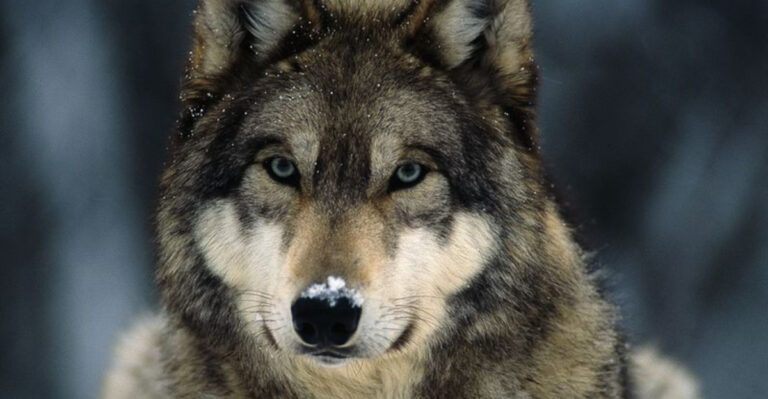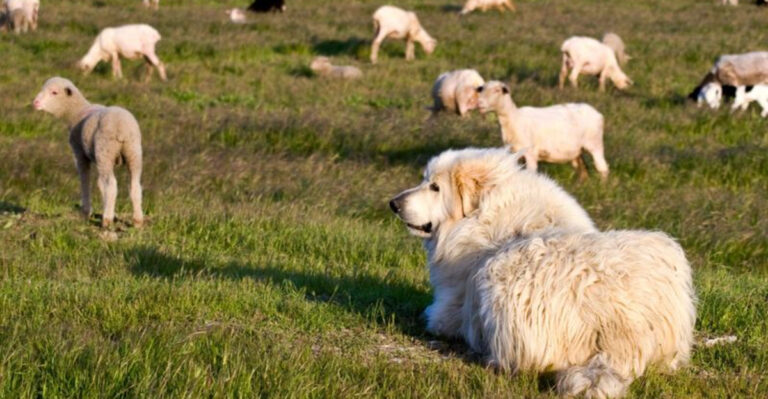Gray Wolves At Risk: How A New Bill Could Jeopardize Their Protections

Gray wolves once roamed freely across America but were nearly wiped out by the 1960s. Thanks to conservation efforts and legal protections, these magnificent predators have made a comeback in some regions.
Now, a controversial new bill threatens to undo decades of recovery work. Let’s explore how this legislation could impact wolf populations across the country.
1. Removing Endangered Species Status
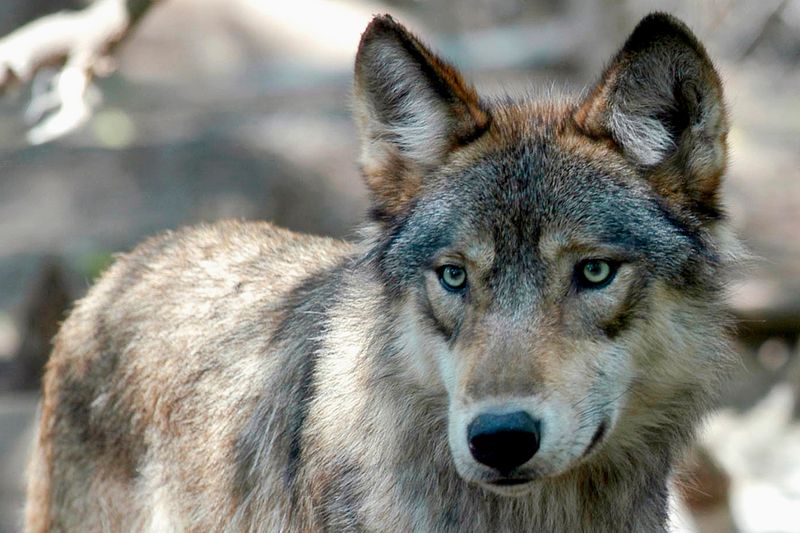
The bill aims to strip gray wolves of their federal endangered species protections in several states. This change would eliminate crucial safeguards that have helped wolf populations recover from near-extinction.
Without these protections, states would gain complete control over wolf management policies. Many conservation biologists warn that this could lead to dramatic population declines if states implement aggressive hunting programs.
The recovery of wolves took decades of careful work and legal protection. This provision essentially declares victory prematurely, despite expert opinions that many wolf populations remain vulnerable.
2. Expanding Hunting Seasons
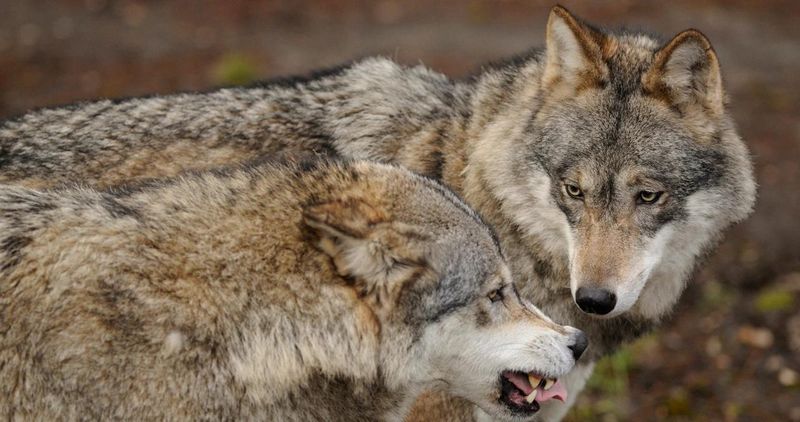
States would gain authority to create extended hunting seasons specifically targeting wolves. Some regions might establish year-round wolf hunting with no bag limits or seasonal restrictions.
Wildlife managers worry this could disrupt pack structures during crucial breeding and pup-rearing times. Wolves rely on complex family units where experienced adults teach young wolves hunting skills.
The bill prevents federal wildlife agencies from intervening even if hunting practices become unsustainable. Conservation groups fear some states might authorize hunting methods specifically designed to maximize wolf kills rather than promote balanced ecosystems.
3. Allowing Aerial Hunting
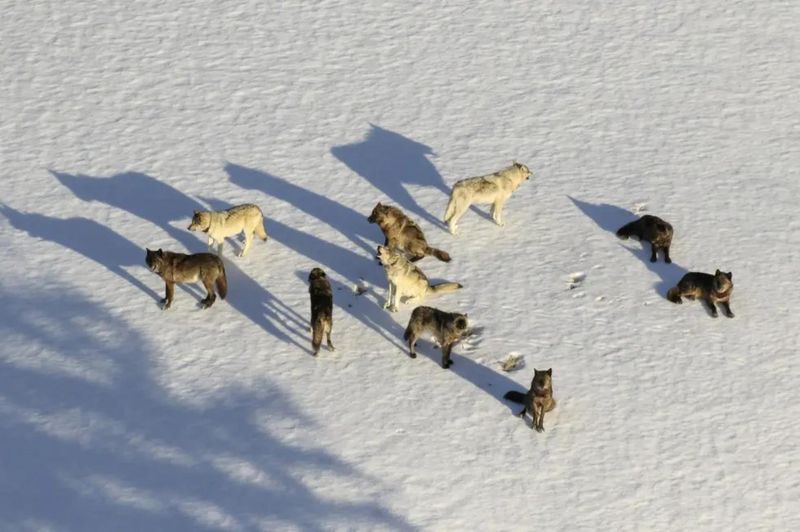
One of the most controversial provisions would permit aerial hunting of wolves from helicopters and planes. This practice, sometimes called “aerial gunning,” lets hunters track and shoot wolves from aircraft, giving wolves virtually no chance to escape.
Historically, aerial hunting played a major role in nearly wiping out wolf populations in the lower 48 states. The technique is incredibly efficient at killing large numbers of wolves quickly.
Wildlife advocates point out that this method causes extreme stress to surviving wolves and disrupts entire ecosystems. It also raises serious ethical questions about fair chase hunting practices.
4. Reducing Buffer Zones Around National Parks

National parks like Yellowstone have served as safe havens for wolf recovery. The bill would shrink or eliminate buffer zones surrounding these protected areas, allowing hunting right up to park boundaries.
Wolves don’t recognize human-drawn borders. Research shows that park wolves regularly travel outside park boundaries following natural movement patterns and prey migrations.
Studies from Yellowstone demonstrate that wolves killed outside park boundaries often include pack leaders whose loss disrupts entire family groups. Without adequate buffer zones, even wolves that spend most of their lives within parks become vulnerable whenever they cross invisible boundary lines.
5. Blocking Judicial Review

Perhaps the most alarming aspect of the bill prevents citizens or conservation groups from challenging wolf management decisions in court. This provision effectively removes a critical check on government actions that might harm wolf populations.
Environmental laws typically allow for legal challenges when agencies fail to follow science-based management. Without judicial review, decisions made for political reasons rather than biological ones would stand unchallenged.
Conservation success stories often depend on citizens’ ability to hold agencies accountable through the court system. Removing this right creates a dangerous precedent for wildlife management across the board.
6. Eliminating Migration Corridors
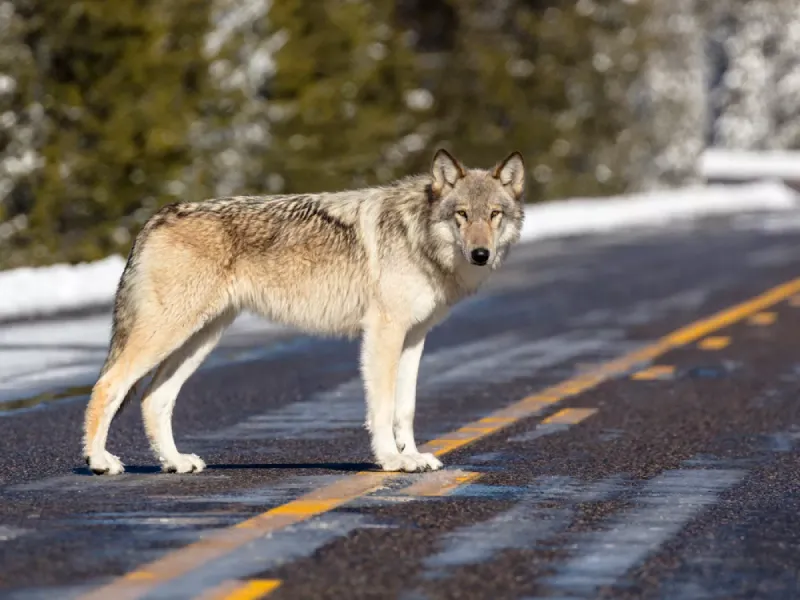
Wolves need connected landscapes to maintain genetic diversity and reach new habitats. The bill would remove protections for migration corridors that allow wolves to travel between isolated populations.
Genetic research shows that isolated wolf packs suffer from inbreeding over time. Healthy populations depend on occasional wolves moving between different regions to maintain genetic diversity.
These corridors also help wolves adapt to climate change by allowing them to shift their ranges. Without protected pathways between habitats, wolf populations become isolated islands vulnerable to local extinction events from disease or environmental changes.
7. Cutting Research Funding
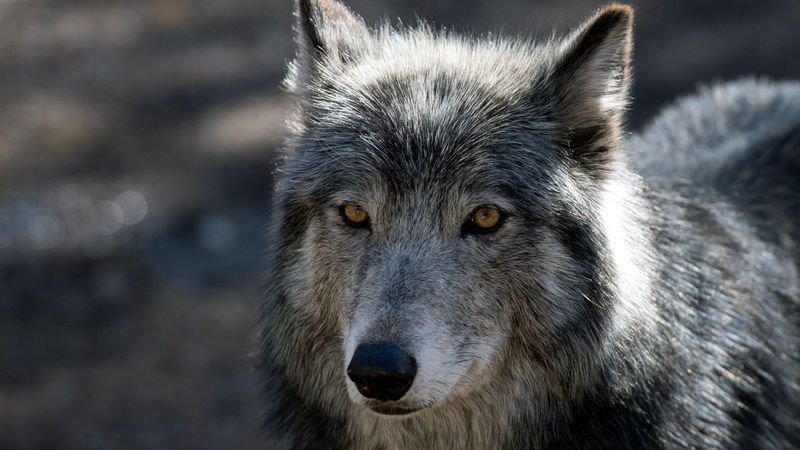
The bill slashes funding for scientific research on wolf ecology and population monitoring. Without adequate tracking data, wildlife managers can’t make informed decisions about sustainable management practices.
Modern wolf conservation relies on GPS collars, genetic testing, and field studies to understand pack movements and population health. These tools help prevent overhunting and identify when populations need additional protection.
Many successful wolf management programs depend on partnerships between federal researchers, state agencies, and tribal wildlife departments. Cutting research funding undermines these collaborative efforts that have proven effective at balancing wolf conservation with human interests.
8. Permitting Controversial Trapping Methods
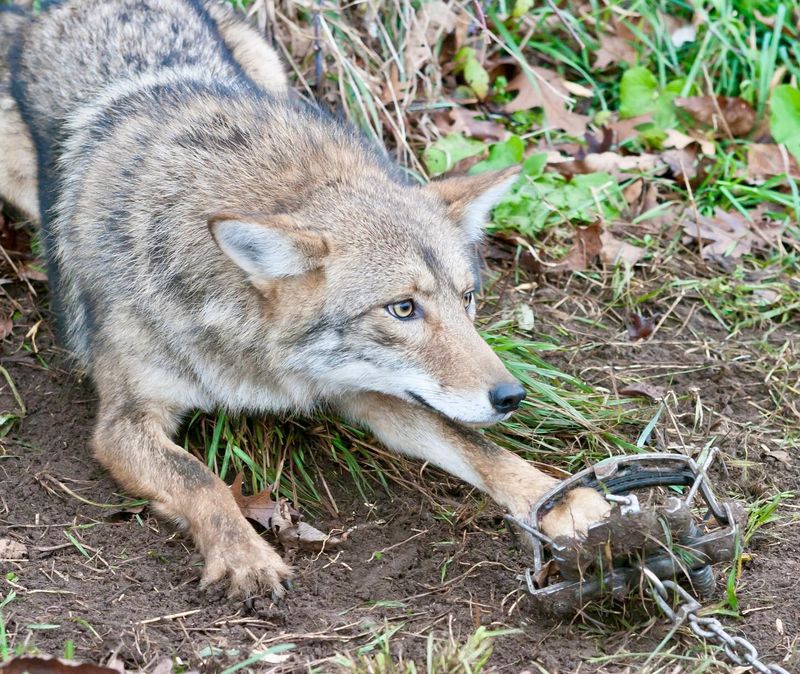
Steel-jaw traps and snares would be explicitly permitted under the bill, even in areas where wolves were previously protected. These devices catch wolves indiscriminately and often lead to slow, painful deaths or serious injuries.
Traps also frequently catch non-target animals, including endangered species, pets, and other wildlife. A trapped wolf might suffer for days before being discovered, raising serious animal welfare concerns.
Many states had previously banned these trapping methods due to their cruelty and indiscriminate nature. The bill would override these state-level protections, forcing states to allow practices their own citizens had rejected through democratic processes.
9. Lowering Compensation For Livestock Losses
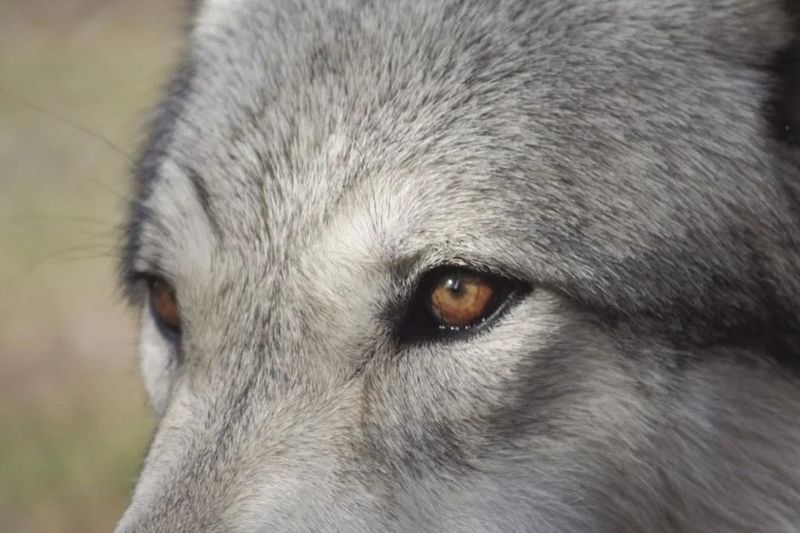
Ranchers currently receive compensation when wolves kill livestock, helping reduce conflicts between wolves and agricultural interests. The bill would significantly reduce or eliminate these compensation programs in many states.
Without fair compensation, ranchers face greater financial pressure to eliminate wolves near their properties. Successful wolf conservation depends on finding ways for wolves and livestock to coexist across shared landscapes.
Alternative approaches like range riders, guard dogs, and non-lethal deterrents have proven effective at reducing conflicts. Cutting compensation without supporting these alternatives pushes ranchers toward lethal control as their only economic option.
10. Preventing Wolf Reintroduction Programs
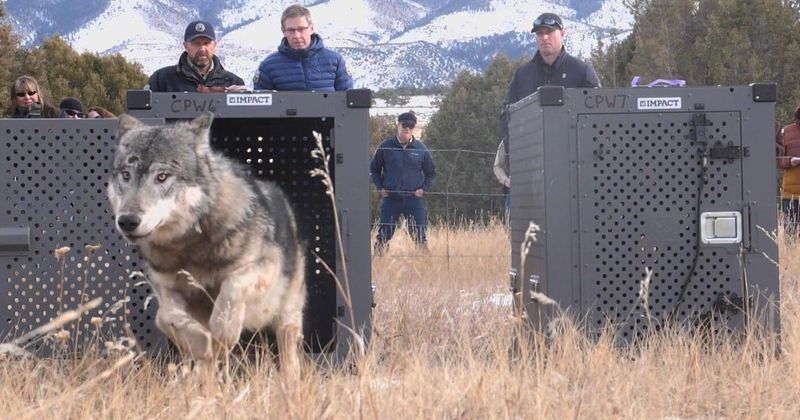
Successful wolf recovery programs in places like Yellowstone would be impossible to replicate under the new bill. It explicitly blocks any new wolf reintroduction efforts, even in areas with suitable habitat and public support.
Scientists have identified numerous regions where wolves could thrive while providing ecological benefits. These areas remain empty because wolves cannot naturally recolonize them due to geographic barriers or human development.
Reintroduction programs typically involve extensive public consultation and careful planning. The bill removes local communities’ ability to decide whether wolf recovery might benefit their region, imposing a one-size-fits-all ban regardless of local conditions or desires.
11. Overriding Tribal Sovereignty
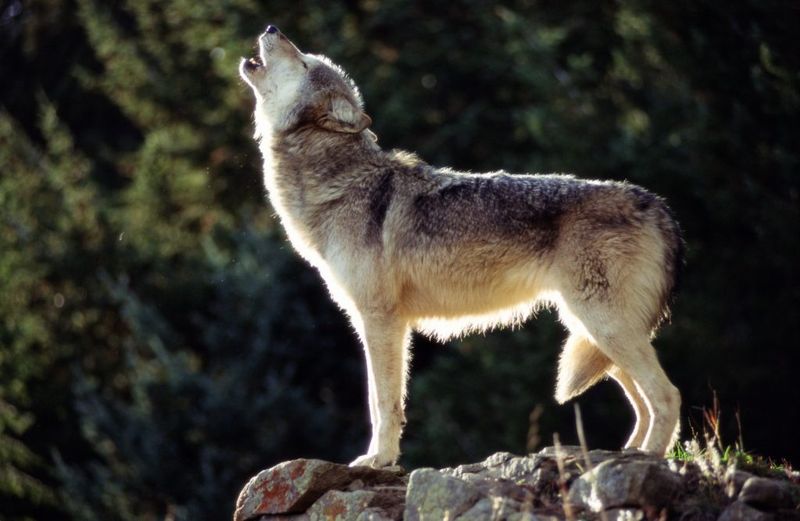
Many Native American tribes consider wolves culturally significant and have established their own wolf protection programs. The bill would override tribal sovereignty on wolf management, forcing tribes to follow federal and state policies that may conflict with their cultural values.
Tribes like the Ojibwe have developed sophisticated wolf management plans based on traditional ecological knowledge and modern science. These approaches often emphasize the spiritual and ecological importance of wolves.
Tribal wildlife managers have frequently been at the forefront of developing balanced approaches to wolf conservation. Removing their authority dismisses centuries of knowledge and violates principles of tribal self-governance recognized in federal law.
12. Creating Predator-Free Zones
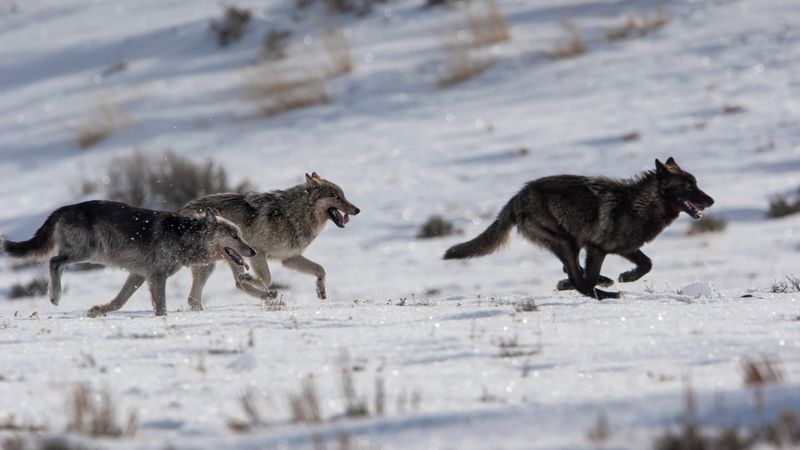
The bill establishes large “predator-free zones” where wolves could be eliminated entirely, regardless of ecological impacts. These zones would fragment wolf habitat and create gaps in their range that prevent natural population connectivity.
Ecosystems evolved with predators like wolves playing key roles in maintaining healthy wildlife populations. Removing wolves from large regions disrupts these natural relationships and can lead to exploding deer and elk populations that damage vegetation.
Research from areas where wolves have returned shows their presence benefits everything from beaver populations to streamside vegetation. Predator-free zones ignore this science in favor of artificially simplified ecosystems, missing key components.

